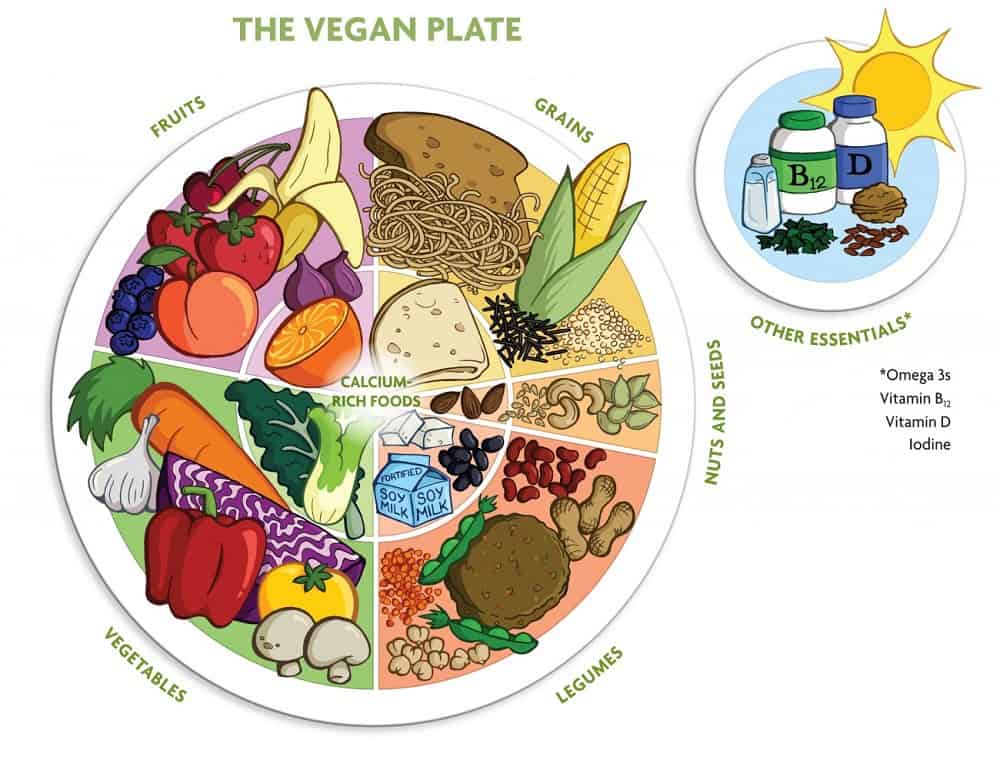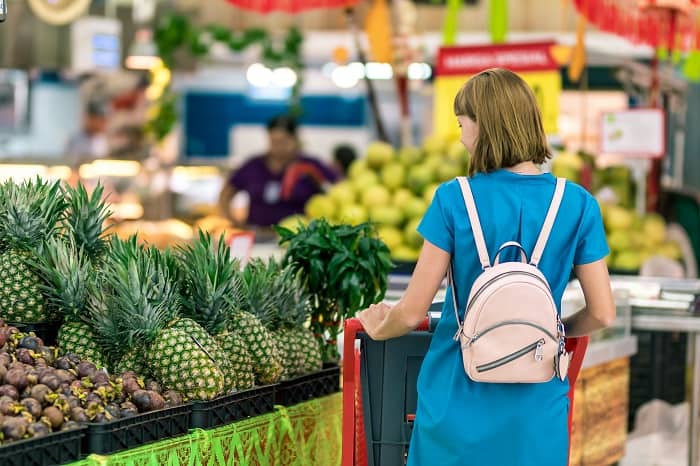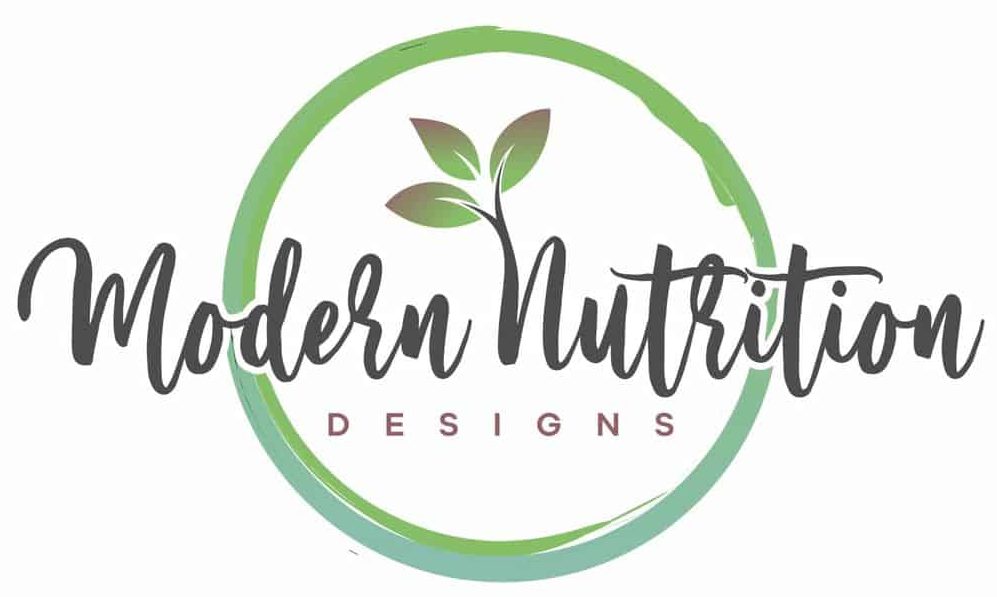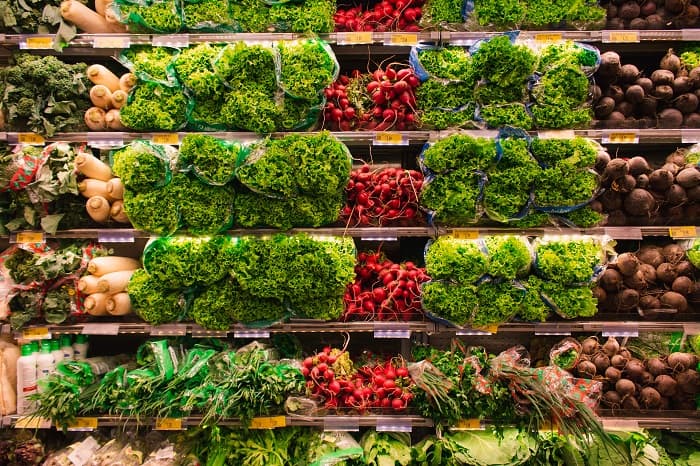For some, the hardest part about implementing a healthy diet is knowing how to plan meals and figuring out what to buy at the grocery store. Thankfully, these things are easy to learn and will naturally develop with practice. Creating a simple plant-based, SOS and gluten-free grocery list on a budget starts with some fundamental knowledge on healthy eating.
Below is a printable grocery list for a family of three to get started on a week’s worth of plant-based SOS and gluten-free essentials. We will discuss some basics on whole-food plant-based eating and meal planning. I will show you how to create your own plant-based grocery lists by alternating specific foods on a weekly basis to ensure you will get the most nutritional bang for your buck.
Here is the detailed layout for this article if you would rather skim through:
- Printable whole plant-based SOS & gluten-free grocery list
- Plant-based fundamentals for easy, efficient grocery shopping
- Grocery store basics for plant-based shopping
- Locating inexpensive necessities
- Major plant-based food groups
- Planning your weekly grocery list
- Start with starches
- Move on to greens and veggies
- Include plenty of fruits
- Nuts and seeds
Printable whole plant-based SOS & gluten-free grocery list
If you click on the “Download” button below, you will find a beginner plant-based grocery list for those trying to cut salt, oil, and sugar (SOS), as well as gluten out of their diet. The amount of food on the list will easily feed a family of 3 for one week.
I know it seems like a lot of items and may feel a little overwhelming at first, but I wanted to include ALL the necessary items you would need in a given week. Everything except the fresh produce is a pantry item that may likely already be in your kitchen. Many things can be substituted as well.
This list can be used as-is, but it may also provide a helpful guide on how to create your own specialized plant-based grocery lists.
The tahini, date paste, mustard, and apple cider vinegar are primarily used to make dips and dressings. Again, this is just to get you started. If you prefer other heathy substitutes such as balsamic vinegar, salt-free soy sauce, miso, Bragg’s amino acids, etc, feel free to mix and match.
You can also substitute frozen fruits and veggies for fresh ones, and canned salt-free beans for dry ones if you prefer.
After you gather the pantry essentials, your grocery list and expenses will inevitably reduce.
Major plant-based food groups
Let’s start with the major plant-based food groups:
- Legumes
- Fruits
- Veggies
- Whole grains
- Nuts
- Seeds

I use this diagram a lot in my articles because it does a great job of depicting how much of each plant-based food group I should be gathering my calories and micronutrients from. It’s a great reference created by plant-based pioneer Brenda Davis RD.
Planning your weekly grocery list
Start with starches
Once I understood where the majority of my calories should be coming from, it became much easier to plan meals and shop on a plant-based diet. Almost all major historic civilizations form their meals around foods with a lot of starch, such as rice, oats, quinoa, corn, potatoes, and beans. Where I used to put a big slab of meat on my plate, now I fill that space with a big sweet potato, for instance.
Dry starches, like whole grains and dried beans, tend to keep well in the pantry for months. Stock up on these whenever they’re on sale. You’ll be utilizing these regularly.
It’s also helpful to have some canned bean varieties on hand if you do not have enough time to soak and cook dry beans.
I tend to alternate my starches from week to week. I also might prepare different starches for the workweek then I would during the weekend.
For example, I may make rice and beans for my salad bowls during the week. Then I will batch make a different type of bean with my sweet potatoes on the weekend.
The idea is to cook in bulk as much as possible, while also finding ways to alternate starches for more nutrient variety.
Move on to greens and veggies
Next, try to incorporate greens and/or veggies into each meal of the day.
I know what you’re thinking, how can I possibly eat vegetables for breakfast?! Again, most historic civilizations eat greens and other veggies in their first meal every day. Only in most Westernized countries do we spring for the sweets first thing in the morning.
If you absolutely don’t want to part with your sweet tooth during breakfast time, there are still plenty of plant-based options.
Incorporating greens into lunches and dinners seems to be an easy transition. Always make one of these meals a large salad with a variety of colorful veggies.
Include plenty of fruits
Fruits are the natural plant-based convenience food. I take them everywhere with me to ensure I will always have a healthy snack on hand.
Choose a variety of fresh and frozen fruit each shopping session and alternate these on a weekly basis. I tend to gravitate towards fresh produce that is in season to keep the cost to a minimum.
Try to grab at least one type of berry and one type of citrus fruit each time you shop. Some berry varieties include raspberries, blueberries, strawberries, and elderberries. Different citrus options may include grapefruit, oranges, limes, and lemons.
Nuts and seeds
You will require small quantities of nuts and seeds on a weekly basis. But these sell in bulk, so you will only need to purchase them on occasion.
As with the other plant-based food categories, try to get a variety of both nuts and seeds while alternating on a regular basis.
These are great for adding to sauces and dressings, smoothies, oatmeal, and stir fry.
Try to add nuts and seeds to dishes as opposed to eating them out of the bag since these are incredibly high in caloric density. They have a particularly high amount of calories from fat. Even healthy fat should be consumed with some restraint.
Plant-based fundamentals for easy, efficient grocery shopping

Grocery store basics for plant-based shopping
There are really only a few sections of any grocery store where you will be locating your plant-based items. Those sections include produce, dried goods, frozen items, and condiments/spices.
Notice how I did not include the “health food” section? Although you may find dried goods, condiments, and salt-free canned beans in this aisle, I recommend staying away from overly processed “health foods”.
These include vegan versions of meat, cookies, cakes, pasta sauces, frozen dinners, ready-made soups, etc. They are basically vegan convenience, or “junk” foods that do not contain a significant amount of nutrients without all the added salt, sugars, and oil.
A helpful rule of thumb is to refrain from purchasing items that have more than one ingredient in the ingredients list located on the nutrition label.
Locating inexpensive necessities
Most plant-based staples will be located in just about any grocery store. There are always exceptions, however. If you are having trouble locating everything you need to complete your meals in your usual store, branch out to others you may haven’t considered in the past.
After you have visited multiple locations and you still can’t find what you need, try online. Some people prefer to purchase all their regular pantry items online. You may also find better deals this way.
Highlights on WFPB grocery lists
- Getting started on a whole-foods plant-based diet will necessitate a long grocery list full of exotic items. As you become more familiar with this lifestyle, the number of items on the list will significantly decrease. But first, it is critical to fill your home with nourishing plant-based staples, such as rice, beans, potatoes, and lentils.
- It is important to incorporate foods from each of the plant-based categories into your weekly grocery lists. These include legumes, whole grains, fruits, vegetables, nuts, and seeds.
- Plan your shopping around meals that consist mainly of starches and green/vegetables.
- There are very few sections of the grocery store you will be frequenting. These include the produce, dried goods, frozen foods, and condiment/spice aisles. Very rarely will you need to gather items from the “health food” aisle. As most of these foods are highly processed and provide little nutrition.
- You may need to locate your items across several grocery store locations or occasionally purchase some rare items online.
- The more you practice plant-based eating, the easier all this information will seem. Stick with it! This is the future of dietary recommendations.
Karli Jackson

